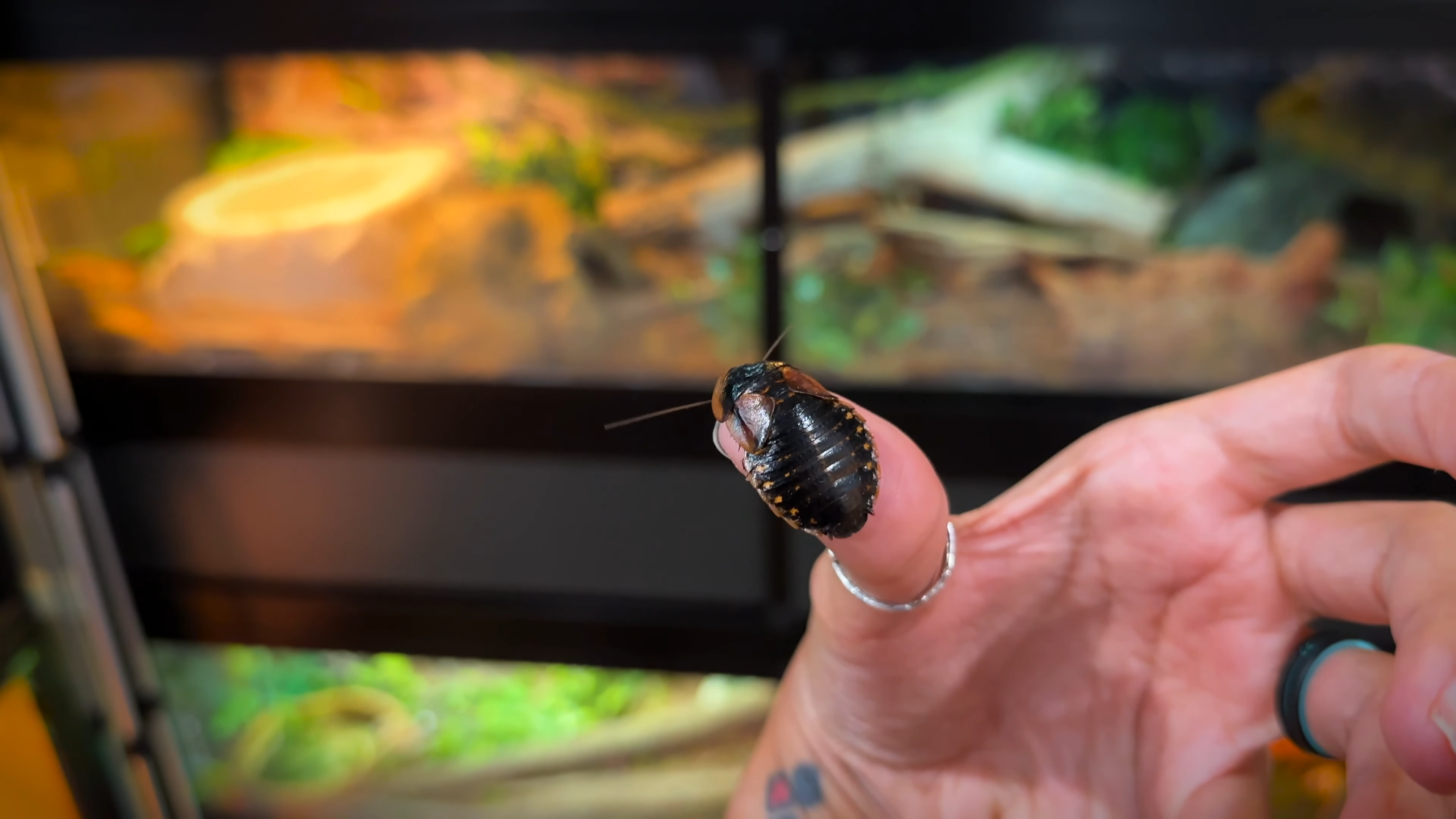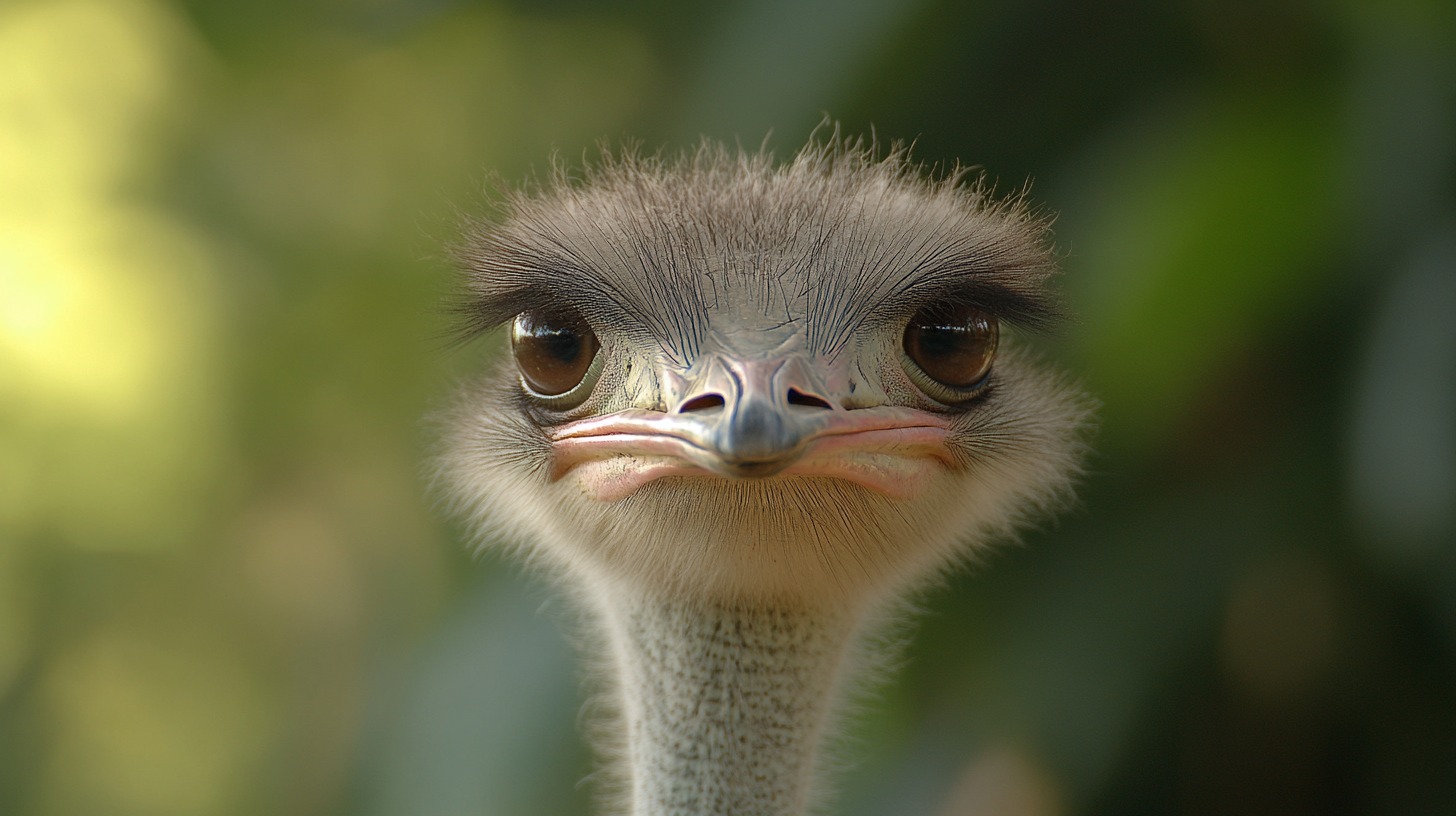
Share Post:
Owls are mysterious creatures of the night, known for their haunting calls and silent flights. Most people imagine them as round, fluffy birds with big eyes and sharp beaks. But if you were ever to see an owl with its legs stretched out, you’d be in for a surprise. Beneath all those feathers, they hide something unexpected: long, slender legs.
Why do these mysterious birds need legs like that? Why hide them so well? There’s more to these creatures than meets the eye. Keep reading, and we’ll dig into the secret behind the owl’s long legs, a part of them most people never get to see.
Table of Contents
ToggleKey Takeaways
- Owls have long, hidden legs that help them hunt efficiently, fly silently, and balance during flight.
- Their leg structure allows them to thrive in cold environments, using insulation and lightweight bone design.
- The surprising length of owl legs, often concealed by feathers, adds to their mystique and powerful hunting abilities.
The Anatomy of Owl Legs

Most people imagine owls perched silently in the trees, their feathers puffed up, making them look round and almost compact. But hidden beneath that fluffy exterior are long, slender legs that often catch people off guard.
Their legs are structured in a way that surprises many, as much of their true length stays concealed under their feathers.
Owl legs have all the same parts as human legs: thighs, knees, shins, ankles, and feet. However, birds, including owls, have a very different proportion of these parts. When you see an owl, what you might think is its knee is actually the ankle joint.
The real knee stays hidden higher up under the feathers, close to the body. This setup gives owls more stability while flying and helps distribute their weight evenly.
The bones in an owl’s legs are remarkably lightweight but strong. They consist of thin but sturdy bones like the tibiotarsus, which makes up the visible lower portion of their legs, and the femur, tucked up near their body. These long legs may seem delicate, but they are built to handle both the power of flight and the strength needed to catch prey.
Fun fact: Owls, especially species like the Great Horned Owl, can apply pressure of up to 300 pounds per square inch with their talons, enough to crush bones. These powerful legs and feet help them secure their prey quickly and efficiently.
In the wild, an owl’s legs are designed not just for flying but for hunting. Their legs extend fully when they dive toward unsuspecting prey, with sharp talons ready to strike. But despite how long and powerful they are, you rarely see them stretched out unless the owl is mid-flight or attacking.
Flight Efficiency

While most of an owl’s body seems built for gliding, the legs play an equally crucial role in balance and weight distribution during flight.
Owls have a unique leg structure designed to centralize their weight. By keeping their thigh muscles compact and close to the body, they lighten the load on their extremities. The long, slender bones in their legs, such as the tarsometatarsus, allow for a lightweight lower body, ensuring that the wings can handle most of the heavy lifting.
Off topic – Check out some interesting small parrot species you can keep as pets.
How Do Long Legs Help in Flight?
- Weight Distribution: The compact thighs and long, thin lower legs help shift the weight closer to the owl’s core, making flight more stable.
- Balance in the Air: Owls have to maintain perfect balance during flight, especially when swooping down to grab prey. Their long legs help by allowing precise control over their center of gravity.
- Speed and Agility: Longer legs make it easier for owls to retract their feet mid-flight, reducing drag and allowing for smoother, faster movements through the air.
Fun fact: While owls are silent fliers, it’s the combination of their wing design and their light legs that makes them so efficient. Many owls, such as the Barn Owl, can fly so quietly that their prey won’t hear them coming until it’s too late.
Legs as Weapons
Owls may look calm and peaceful, but when it comes to hunting, they are fierce and efficient predators.
When an owl spots prey, it silently swoops down from above, extending its legs at the last moment to strike. The long legs give them the reach they need to grab their target quickly and efficiently.
Fun fact: The Eurasian Eagle-Owl is known to be so powerful that it can take down prey as large as small deer or foxes.
How Owls Handle the Cold?
While their feathers provide insulation, the unique structure of their legs ensures that owls can perch in freezing conditions without losing functionality or suffering frostbite.
Many owl species, such as the Snowy Owl, have dense feathers that extend all the way down their legs, acting like a natural blanket for extra warmth.
Since much of their leg movement is controlled by tendons rather than muscles, owls can keep their feet functional in the cold without needing as much warmth in the extremities.
Fun fact: The Great Gray Owl is one of the most cold-adapted owls in the world. Its thick plumage, especially around the legs, helps it survive in temperatures that can drop to -40 degrees Fahrenheit.
The Illusion of Short Legs

At first glance, owls appear to have short, squat bodies, with only their talons peeking out from underneath. This is one of the reasons many people are surprised when they see an owl’s long legs fully extended.
Why Do We Rarely See Owl Legs?
It’s all about how they position themselves. Owls perch in a way that keeps their legs folded and hidden under their body feathers, revealing just the talons. When in flight or hunting, however, their legs stretch out, and it becomes clear just how long they are. Most of the time, though, people only see owls sitting still, and their long legs remain a mystery.
Fun fact: If you’ve ever seen an owl in a funny meme showing off its legs, you might have been surprised by how long and skinny they are. What’s even more surprising is that some owls, like the Burrowing Owl, use their long legs to actually run across the ground.

Owls in Mythology and Folklore
- Ancient Greece: The owl was associated with Athena, the goddess of wisdom. It symbolized knowledge and was often depicted as her companion.
- Native American Cultures: For many tribes, owls were seen as omens, often linked to death or the spirit world. Their nocturnal habits and haunting calls added to their eerie reputation.
- Hinduism: In Hindu culture, the owl is a symbol of wealth and prosperity, often seen as the vehicle of Lakshmi, the goddess of wealth.
- Medieval Europe: Owls were considered witches’ companions, seen as creatures of darkness that could foretell death or disaster.
FAQs
Why do owls turn their heads so far around?
Owls have a unique ability to turn their heads up to 270 degrees. This is because they have extra vertebrae in their necks, allowing them to rotate their heads much farther than humans can. They also have large arteries with backup blood vessels that keep blood flowing to their brains when they twist their necks.
Can owls see in complete darkness?
No, owls cannot see in complete darkness. However, their eyesight is incredibly sensitive in low light conditions, allowing them to see in near-darkness much better than humans. Their large eyes capture more light, making them excellent nocturnal hunters.
Do all owls hunt at night?
Not all owls are strictly nocturnal. Some species, like the Burrowing Owl, hunt during the day or at dawn and dusk. However, most owls are active at night because their keen eyesight and silent flight give them a significant advantage in the dark.
Do owls mate for life?
Some species of owls do mate for life, forming long-term bonds with their partners. These pairs will often return to the same nesting site year after year. Other species may only stay together for a single breeding season.
How many eggs do owls lay?
The number of eggs an owl lays depends on the species and the availability of food. Typically, owls lay between 1 and 6 eggs at a time. Larger owl species tend to lay fewer eggs, while smaller species may lay more.
Last Words
Owls are more than silent hunters of the night. Beneath their feathers, they hide long, powerful legs that play a critical role in survival. The legs help them hunt, fly, and thrive in extreme climates. Their mysterious appearance, along with surprising anatomy, makes owls one of the most fascinating creatures in nature.











